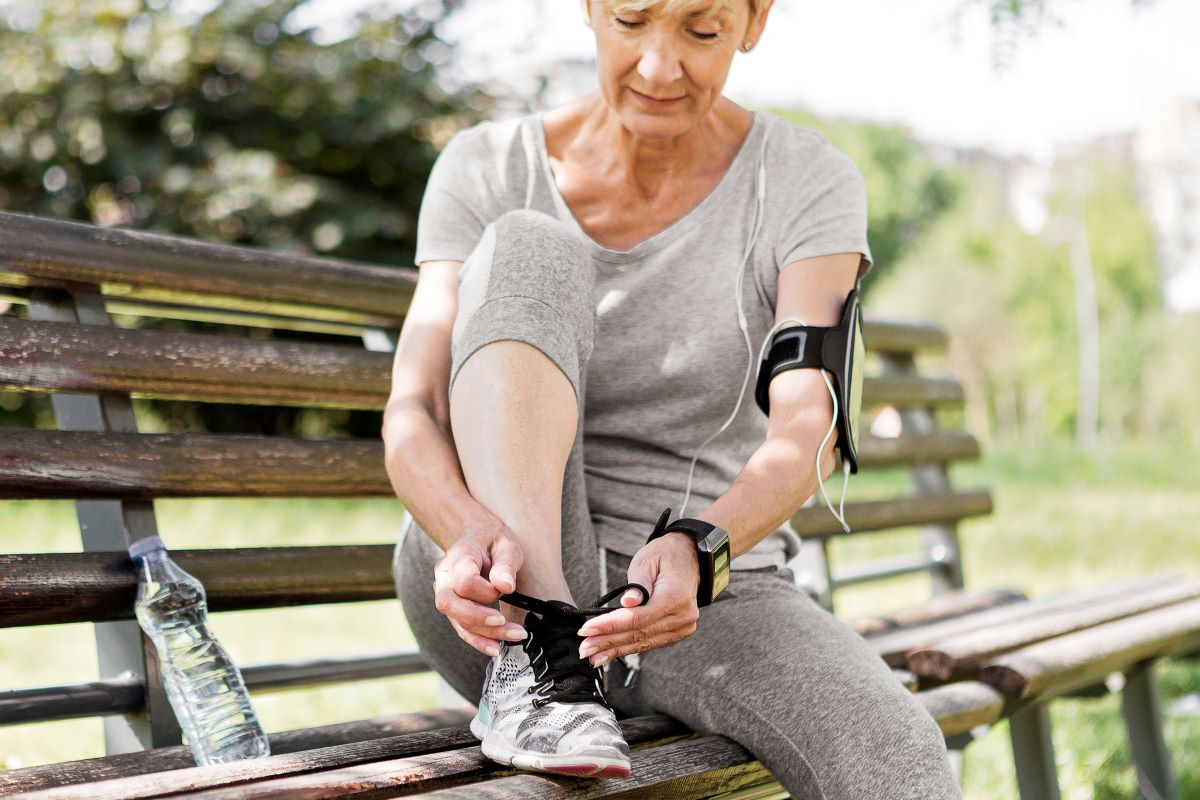
Peripheral arterial disease (PAD) is a general term usually referring to arterial blockage of the lower extremities and is most commonly a result of the development of atherosclerotic plaque. It is generally found in patients over the age of 60 years, more often in men than women, and is frequently associated with other areas of arterial disease including that of heart disease and stroke.
PAD has a variety of manifestations ranging from no symptoms at all to symptoms of leg pain in the muscles when walking, to signs and symptoms of gangrene. Once recognized, successful treatment of this condition is usually possible through a variety of treatment options.
Risk factors for the development of PAD include:
- Genetic predisposition (family history).
- Hypertension.
- Diabetes.
- Smoking.
- High cholesterol.
Symptoms of PAD generally start with the onset of dull achy pain and cramping in the muscles of the legs after walking a relatively consistent distance, also known medically as claudication. Symptoms will resolve with rest almost immediately but will recur with walking. Symptoms are worse when walking up inclines or when walking more briskly.
Over time, the distance at which symptoms occur will shorten reflecting the progression of disease. Ultimately, the continued decrease in blood flow to the extremity will result in poor wound healing, atrophy of the extremity, constant pain (pain without walking, or rest pain) and the onset of gangrene.
Treatment options obviously will depend on the severity of the disease at the time of presentation. In patients without symptoms or with mild claudication, conservative medical management is first-line treatment. This includes improved control of the above-noted risk factors and daily exercise.
Stop smoking, monitor your blood pressure at home, make sure your cholesterol is being checked and treated if high, and follow the appropriate diet and close monitoring of your sugar if a diabetic.
A daily exercise regimen is extremely important to help in the development of collateral circulation around the blockages. In many cases, this can help in delaying or avoiding completely the need for intervention in the future.
For moderate to severe symptoms of claudication, which are lifestyle limiting, or for situations that threaten limb loss, diagnostic testing and intervention based on the recommendations of the physician are warranted. Methods of treatment include placement of stents, removal of plaque and bypass depending upon the extent and severity of the arterial blockages.
Fortunately, technology today offers many different options and in almost all cases, something can be done to help restore blood flow in the affected limb.
When you should see a doctor
You should not dismiss pain as a normal part of getting older. If you are having leg pain, numbness or other leg symptoms you are not sure of, make an appointment to see your family physician.
If any of the following occur, you should contact a medical professional as soon as possible:
- Chest pain or shortness of breath along with leg pain.
- Leg pain that will not go away — even when you are resting.
- New sores or ulcers.
- Signs of infection that may include fevers, redness and a general ill feeling.
Learn more about peripheral artery disease and vascular surgery at Northside.

